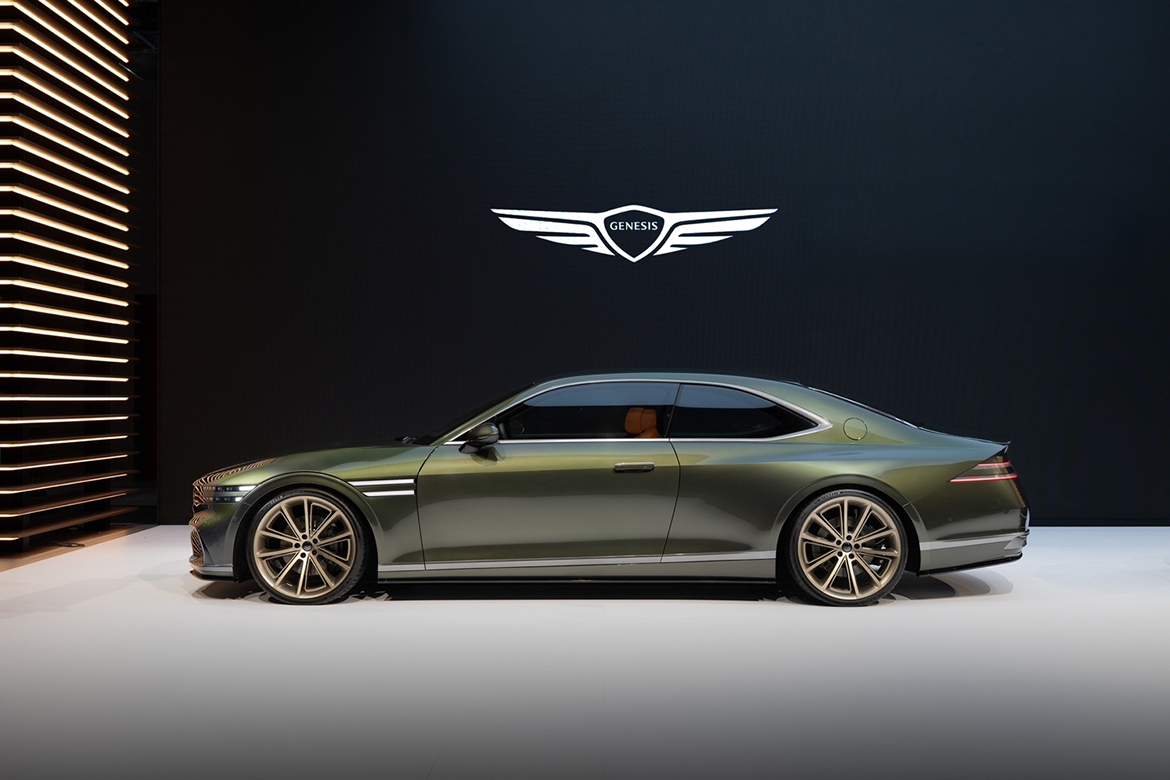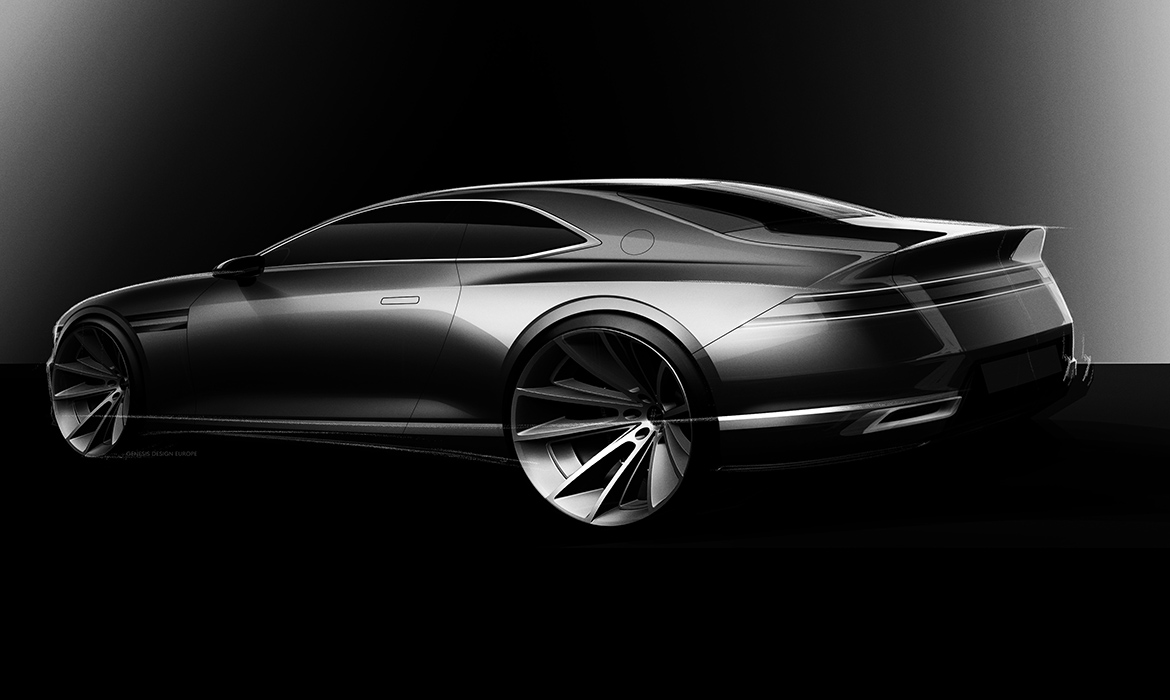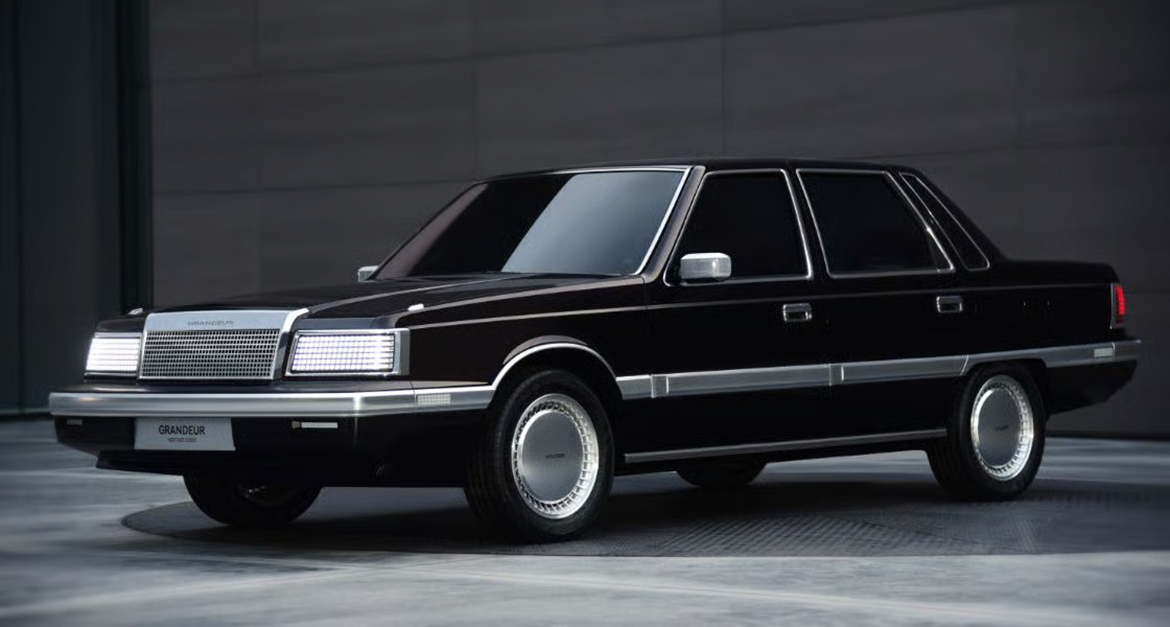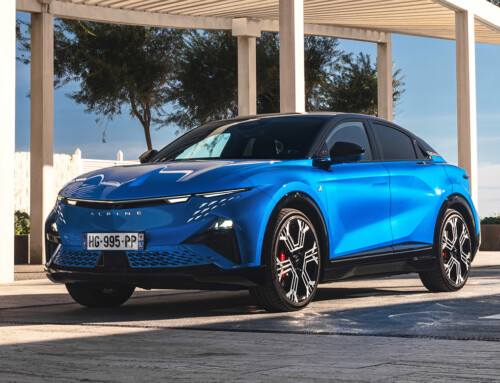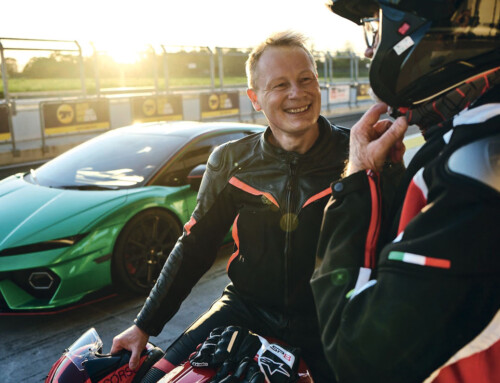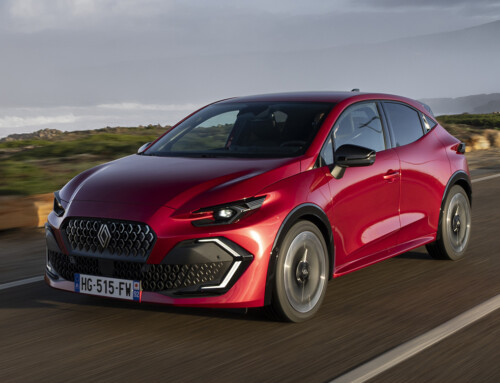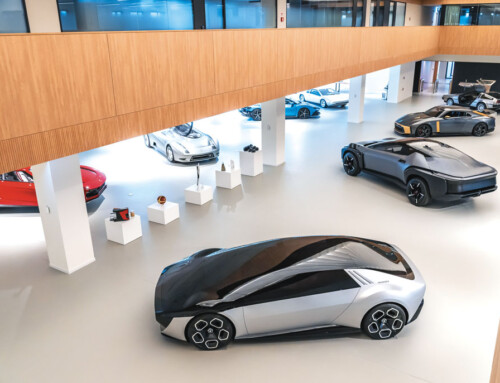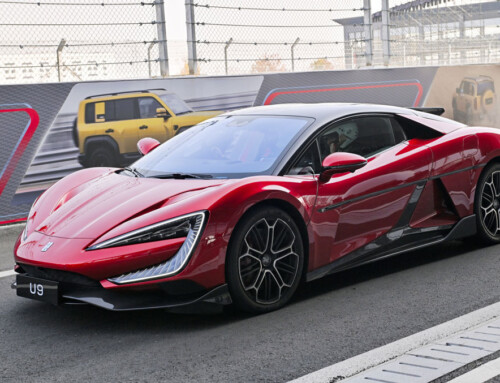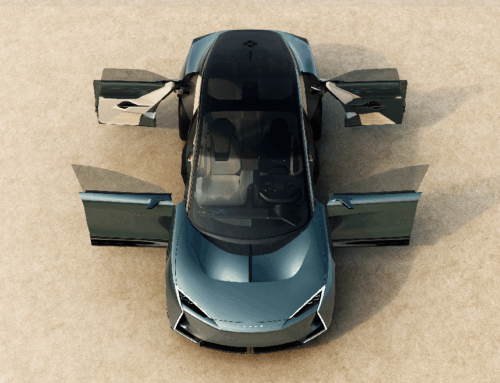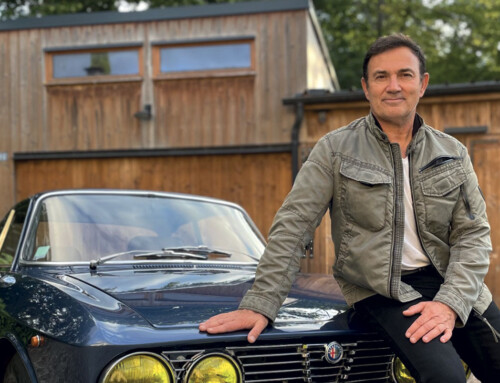Korean motoring is experiencing something of a “golden age” in its history, and Hyundai Motor Group brands also stood out at the Car Design Event Classic. Created by journalists Des Sellmeyer and Jens Meiners, the Car Design Event is one of the “children of Covid.” At the time, they had created a sort of German “Car of the Year,” but during the pandemic, manufacturers brought cars to the judges for testing. The experience with a Genesis concept car, fascinating but out of context, inspired the idea of an event dedicated exclusively to design and concept cars.
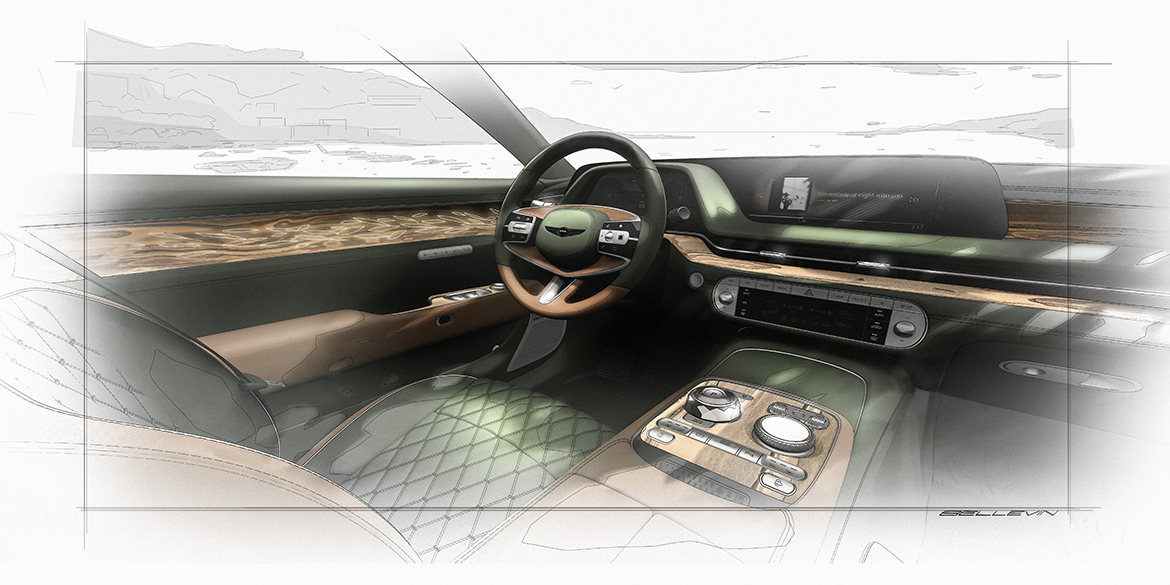
Thanks to contacts with the Drivers and Business Club in Monaco, the idea for the Car Design Event took shape. As Des Sellmyer recounts, a chat with Luc Donckerwolke and Mark Lichte kicked off the project, with their full support. From the outset, the event combined exhibition and driving, also including classic cars. The success of the first edition gave rise to the idea of a second event, the CDE Classic, to showcase historic cars and restomods. This is where the Hyundai Grandeur Retrofit comes in, exhibited at the CDE Classic and described by Nicola Danza, Head of Exterior Design at Hyundai Motor Company Europe: “What we did in Korea was to take a car from 1986 and reimagine it with all the weight of the present,” a way to pay homage to its origins and at the same time show how much Hyundai has grown in terms of design and innovation.
It all began with the 1986 Grandeur, the first generation, reinterpreted with modern materials and cutting-edge technology. The idea was to create a dialogue between two languages, the historical and the contemporary, striking a balance between elegance and dynamism. One of the symbolic elements is the pixel lighting system: “Today we are used to seeing it on our Ioniq range, but back then it was just an experiment to create a strong lighting signature, integrated into the grille and rear lights.” The interior represents a true meeting between past and future. On the one hand, there are chrome surfaces and geometric lines typical of the 1980s, and on the other, large digital surfaces and meticulous attention to detail. A curious and poetic idea stands out: “in the center tunnel, there is a system that allows you to compose music while waiting for the car to recharge,” a way to make the car experience more human and creative.
The seventh generation of the Grandeur, the current model, also incorporates some features of the original, reinterpreting them in a modern key. One of these is the famous “opera window” on the C-pillar, which returns as a graphic reference. The proportions are now cleaner and more aerodynamic, thanks in part to the frameless windows, the horizontal light strip that connects the front and rear, and a minimalist design based on balance and proportion. This is a tribute to one of Hyundai’s most successful cars in non-European markets, so much so that in its home country it is a cultural and social symbol. “A sedan is a status symbol… it shows people that you have reached a certain level,” concludes Danza. The Genesis X Gran Coupé, a concept car that interprets the Genesis brand’s “Athletic elegance” philosophy, a balance between strength and refinement, in a more emotional direction, also makes its European debut at CDE Classic. While maintaining the wheelbase of the G90, the more compact interior makes the car more intimate and sporty. The inspiration comes from the Mediterranean and is reflected in the exterior and interior colors—olive green combined with champagne tones and cognac leather—and in a design that plays on elegant proportions, clean surfaces, and sporty details such as pronounced wheel arches and a wider clamshell hood than the standard G90. The interior, with lighting inspired by olive leaves, Swarovski crystals, and premium materials, completes a refined sensory experience, harmonizing luxury and sportiness.

